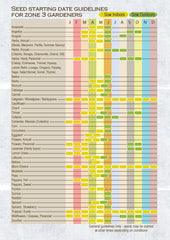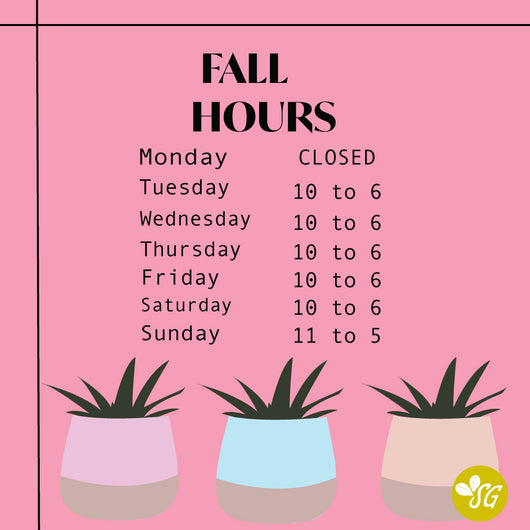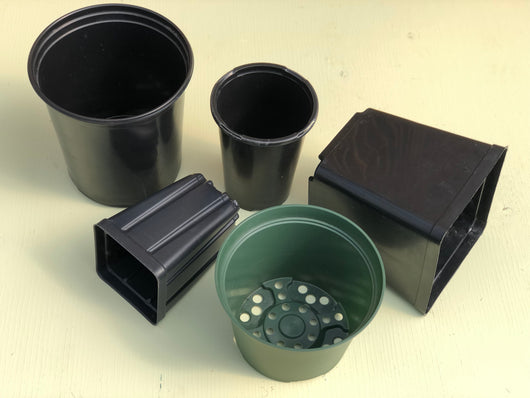 1) Consider timing. It is so much easier to grow things in tune with the season, rather than having to work against the season. Some seedlings grow just fine starting in February (onions, for example), but tomatoes become lanky and over grown if started earlier than mid-to-late March.
1) Consider timing. It is so much easier to grow things in tune with the season, rather than having to work against the season. Some seedlings grow just fine starting in February (onions, for example), but tomatoes become lanky and over grown if started earlier than mid-to-late March. Our general rule is start peppers, eggplant, onions and and perennials first, followed by flowers we want to have in bloom before planting out, perennial herbs in early March, tomatoes, tomatillos and ground cherries in late March, annual herbs in early April, then cucumbers, squash, pumpkins and watermelon in mid to late April.
For a more detailed timing chart, click here.
2) Include worm castings in the seed starting mix. Worm castings are proven to supply a multitude of beneficial enzymes and nutrients that stimulate healthy root development, promote strong seedling growth and reduce the occurrence of fungal diseases.
Currently we do all of our seeding into Black Gold organic soil, which has worm castings pre-mixed into it (we have been finding some larger bits of worm castings in the mix this year; we just break these up and sprinkle across the trays if we come upon this).
3) Apply kelp supplement. Similar to worm castings, kelp is full of enzymes that are tremendously beneficial to seedlings. We apply the kelp in liquid form using Sea Magic - which is very cost effective and can be applied all season from seedling stage right through the summer (and indoors,for house plants). It is ideal to apply kelp at first watering (or shortly after), as it helps speed up germination and increase germination rates. Once seedlings are established, we alternate between this and Evolve Seedling Starter fertilizer, on a once every two weeks schedule.
4) Warm the roots and cool the air. If you think about it, the task of growing seedlings is really about growing healthy roots, which sets the plants on the path to flourishing once transplanted. The strongest seedlings are grown with warm soil zone temperature and cooler air temperature - they are much stalkier, less prone to fungal disease and develop more roots which then branch quickly when cracked open at transplant.
The easiest way to achieve warm root zone / cooler air temperatures is with a heat mat. An alternative method is to set up seedling trays above the fridge or other bottom heat source. In the greenhouse we use a combination of styrofoam insulation under the trays, plus radiant heaters that warm the trays but not the air around the seedlings. For cuttings we specifically use under-tray heat mats.
Growing from seed can be an incredibly rewarding and cost effective way to establish your garden, and a few simple steps can make a huge difference to success.
If you need any advice for your seed starting, just let us know.
Happy planting.









